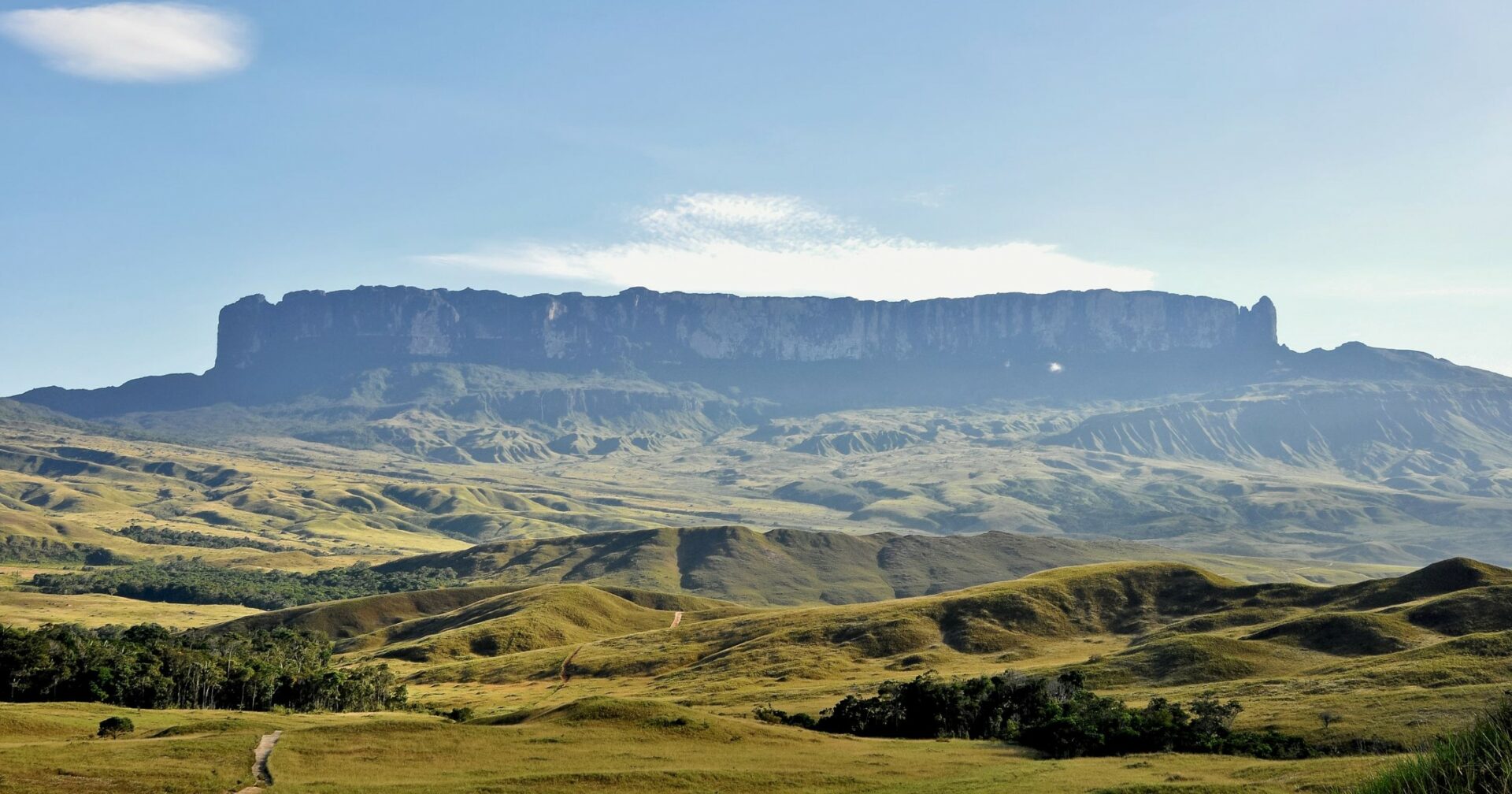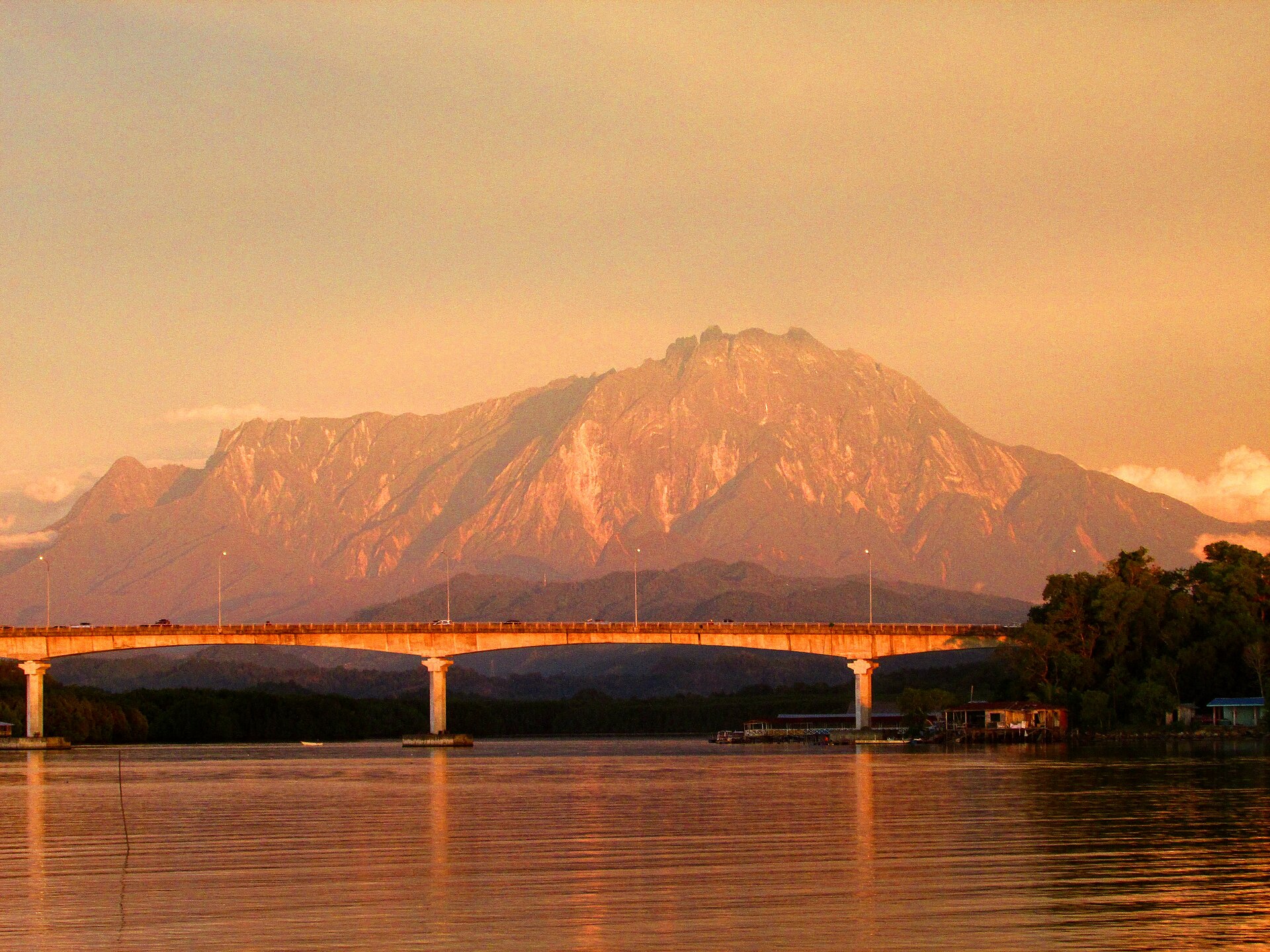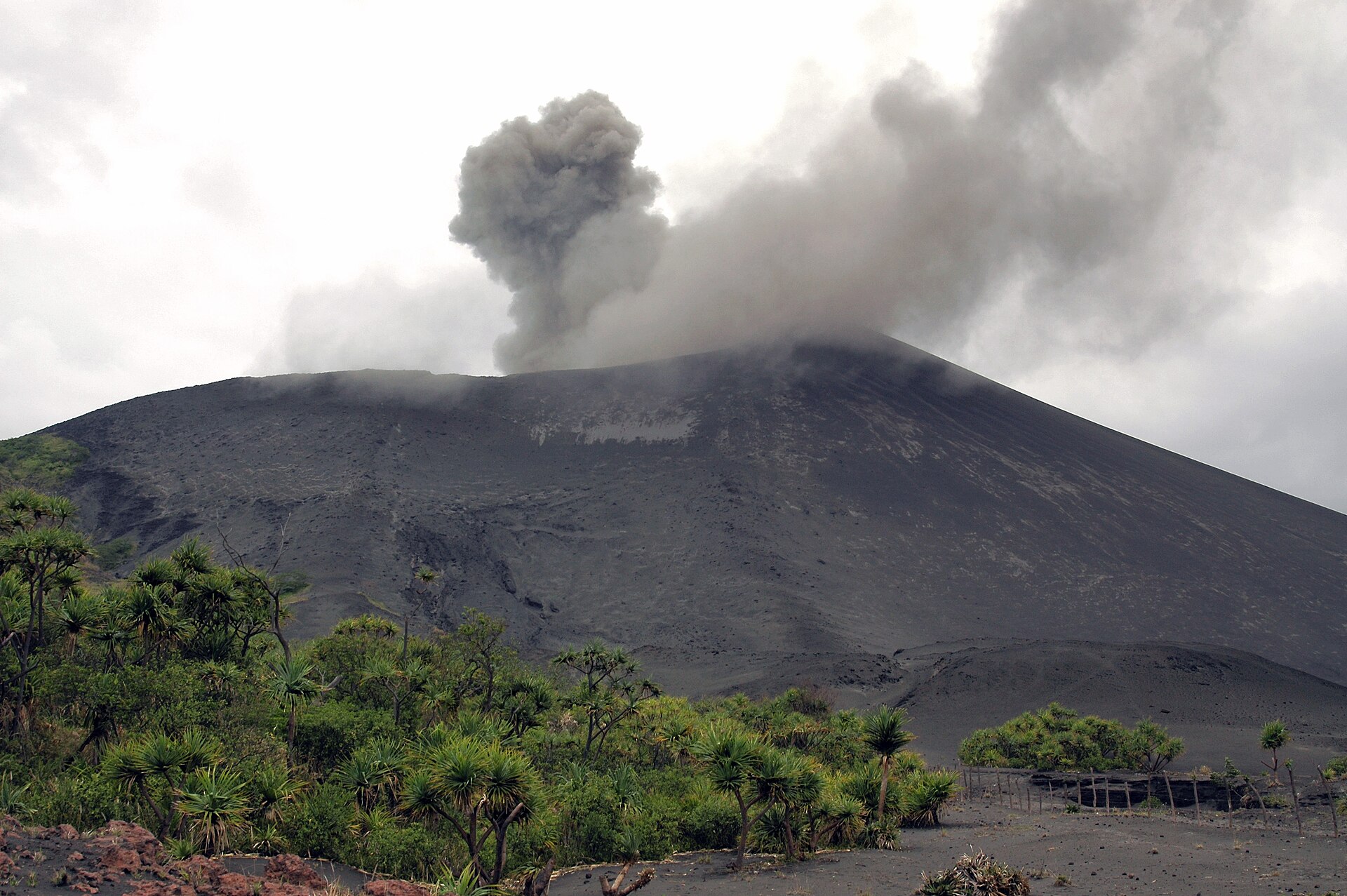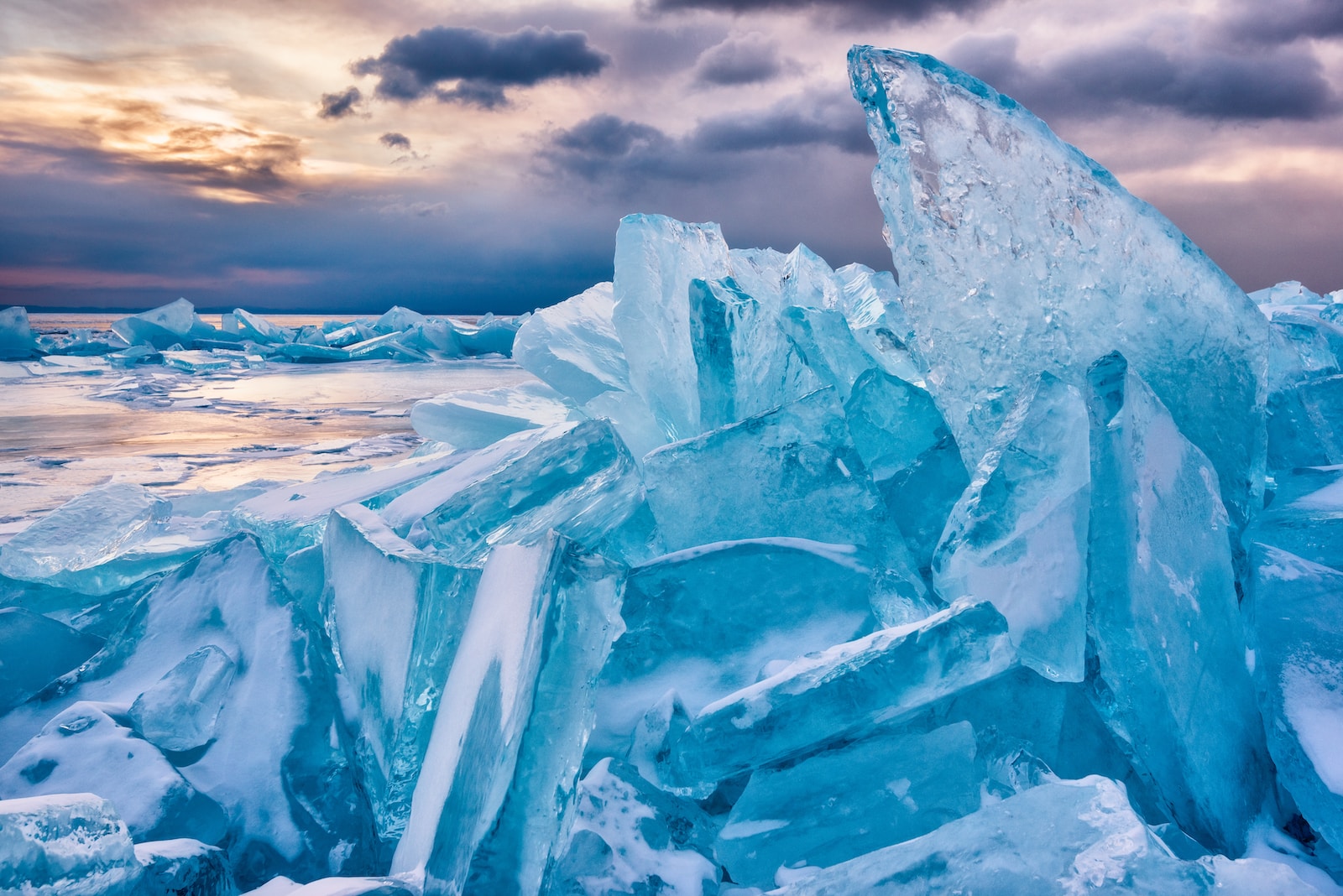Discover the breathtaking beauty of South America’s hidden gem, Mount Roraima. Situated on the border of Venezuela, Brazil, and Guyana, this magnificent mountain offers a stunning backdrop for photographers and adventurers alike. In this blog, we’ll delve into the secrets of capturing Mount Roraima’s unique topography and explore the best photography techniques to showcase its captivating splendor. So grab your camera and join us on a journey to this South American paradise!
Table of Contents
The Enigmatic Beauty of Mount Roraima
Mount Roraima, located in the heart of South America, is a breathtaking natural wonder that spans the borders of Venezuela, Brazil, and Guyana. This mesmerizing tabletop mountain has long captivated the hearts of adventurers, nature enthusiasts, and photographers alike. Its unique geographical features and awe-inspiring landscapes provide an abundance of opportunities for capturing truly magnificent photographs.
One of the most remarkable aspects of Mount Roraima is its distinctive flat-topped summit, which rises to an elevation of 2,810 meters. As you gaze upon this massive sandstone plateau, you’ll feel a sense of wonder and curiosity that is only heightened by the stunning rock formations, lush vegetation, and ethereal clouds that often cloak the mountain’s peak. These elements combine to create an otherworldly atmosphere, making Mount Roraima a photographer’s dream.
Topographical Marvels and Photographic Techniques
To truly capture the immense grandeur of Mount Roraima, consider using wide-angle lenses. This will allow you to encompass the vastness of the tabletop mountain and emphasize its unique topography. Experiment with different angles and perspectives to create visually striking images that convey the scale of this natural wonder.
Mount Roraima boasts a rich tapestry of colors, from the vibrant greens of its lush vegetation to the dramatic contrasts created by the interplay of light and shadows. To make your photos truly stand out, utilize polarizing filters to enhance color saturation and reduce glare. This will help accentuate the natural hues and create a more immersive visual experience.
The ever-changing weather conditions around Mount Roraima offer photographers the opportunity to capture its ethereal and mystical atmosphere. Cloud formations, fog, and mist rolling over the plateau can add an enchanting element to your photographs. Be patient and wait for those magical moments when these elements transform the landscape, creating a sense of intrigue and wonder.
While the sweeping panoramas of Mount Roraima are indeed captivating, don’t overlook the smaller details that contribute to its allure. Stunning rock formations, delicate flora, and unique wildlife make for compelling close-up shots. Macro lenses can help you capture the intricate details of the mountain’s flora and fauna, revealing a world within the world.
To truly capture the essence of Mount Roraima, consider the golden hours for photography. The early morning and late afternoon offer soft, warm light that beautifully illuminates the landscape, creating a magical ambiance. Take advantage of these prime photography times to add depth and dimension to your images.
Whether you are an amateur photographer or a seasoned professional, Mount Roraima presents an unparalleled opportunity to capture images that inspire and awe. Its enigmatic beauty, unique topography, and ever-changing atmosphere provide an endless array of possibilities for creating stunning photographs. So pack your camera gear, embark on an adventure to Mount Roraima, and let your lens capture the captivating splendor of this South American gem.
Mount Roraima, located in the tri-border region of Venezuela, Brazil, and Guyana, is believed to be one of the world's oldest geological formations. Its unique flat tabletop shape and sheer cliffs make it a popular destination for photographers and adventure enthusiasts alike.
Capturing Mount Roraima: Your Ultimate Guide
Mount Roraima, located at the junction of Venezuela, Brazil, and Guyana, offers a landscape photographer’s dream. Its towering cliffs, unique tabletop formation, and diverse flora and fauna provide endless opportunities for capturing breathtaking images. To make the most of this South American splendor, it is essential to have the right camera, lenses, and equipment in your arsenal. Let’s explore the best options to help you capture Mount Roraima’s captivating beauty.
Choosing the Perfect Camera
When it comes to photographing Mount Roraima, you’ll need a versatile camera that can handle different lighting conditions and capture intricate details. One exceptional option is the Roar X300. This mirrorless camera boasts a high-resolution sensor, excellent low-light performance, and advanced autofocus capabilities, ensuring you don’t miss a single shot. Its compact size and lightweight design make it ideal for hiking the rugged trails of Mount Roraima.
If you prefer a more traditional DSLR camera, the Summiteer D900 is an excellent choice. With its robust build, remarkable dynamic range, and superb image quality, it is perfect for capturing the dramatic landscapes and intricate textures of Mount Roraima. Its weather-resistant features provide added peace of mind when encountering unpredictable weather conditions during your adventure.
Essential Lenses and Equipment
For Mount Roraima’s vast landscapes and immersive details, a wide-angle lens is essential. The WideMaster W80 is a top-of-the-line option, perfectly suited for capturing the expansive tabletop and rugged cliffs of Mount Roraima. With its wide field of view and exceptional sharpness, it allows you to bring the entire scene to life, showcasing the grandeur of this natural wonder.
To enhance your close-up shots of the unique flora and fauna found on Mount Roraima, a macro lens is a must. The MacroSetter M120 offers excellent magnification, allowing you to capture the intricate details of tiny flowers, mosses, and insects in stunning clarity. With its superior image stabilization and autofocus capabilities, you can confidently photograph the delicate wonders of this South American gem.
In addition to your camera and lenses, a sturdy tripod is indispensable for achieving sharp and well-composed images. The RockSteady R200 tripod lives up to its name by providing exceptional stability and versatility. Its lightweight carbon fiber construction makes it easy to carry on long hikes, while its adjustable legs and ball head allow you to position your camera precisely for those breathtaking shots of Mount Roraima.
- Roar X300: Perfect for capturing diverse lighting conditions and intricate details
- Summiteer D900: Ideal for dramatic landscapes and rugged environments
- WideMaster W80: Bring the expansive tabletop and cliffs to life with an exceptional wide field of view
- MacroSetter M120: Capture the delicate details of Mount Roraima’s flora and fauna in stunning clarity
- RockSteady R200: Achieve sharp images with exceptional stability and versatility
By choosing the right camera, lenses, and equipment, you can fully immerse yourself in the beauty of Mount Roraima and capture its unique topography like never before. Remember to pack these essentials before embarking on your adventure, and get ready to capture South American splendor through your camera’s lens.
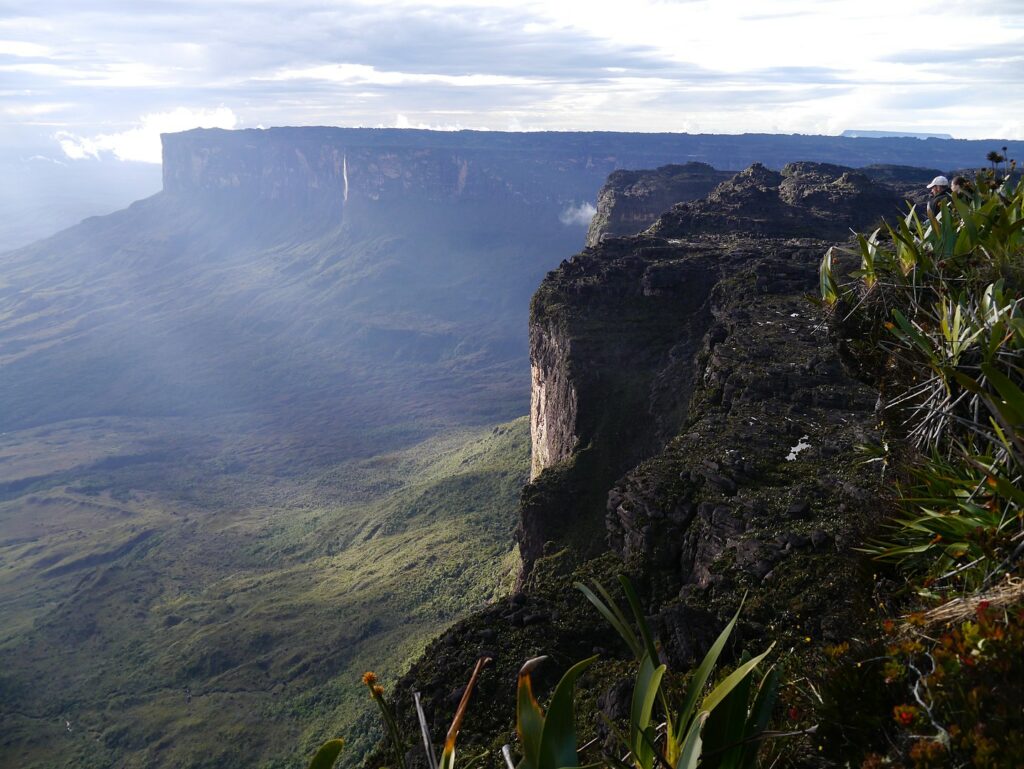
Optimal Time of Year for Photography
Capturing the splendor of Mount Roraima requires careful planning, especially when it comes to choosing the best time of year for photography. While the breathtaking beauty of this South American gem can be witnessed year-round, each season offers unique opportunities for photographers.
1. Dry Season (December – April): During the dry season, Mount Roraima experiences minimal rainfall, making it an ideal time to explore and photograph its remarkable topography. The clear skies and sunlight create vibrant colors and sharp contrasts, enhancing the visibility of the landscape. This season allows photographers to capture the exquisite details of the rock formations, moss-covered cliffs, and cascading waterfalls.
2. Wet Season (May – November): Despite the increased rainfall, the wet season presents its own photographic advantages. The clouds and mists that frequently envelop Mount Roraima during this time lend an ethereal and mysterious quality to the photographs. The lush vegetation and blooming flora provide an array of vibrant colors, adding drama and depth to the images. Additionally, the waterfalls are at their fullest, offering exhilarating opportunities for long exposure shots.
Best Vantage Points and Positions
To truly capture the magnificence of Mount Roraima, consider these recommended vantage points and positions for your photography expedition:
1. The Summit: The summit of Mount Roraima provides a breathtaking 360-degree view of the surrounding landscape. From this position, you can capture panoramic shots that encompass the vastness of the Gran Sabana, the lush rainforests, and the stunning cloud formations that often shroud the mountaintop. The changing light throughout the day creates a play of shadows and highlights, enhancing the overall composition of your images.
2. The Edge of Cliff: Approach the cliff edges with caution, ensuring your safety while capturing awe-inspiring photos of the vertical drops and vertigo-inducing chasms. Take advantage of the leading lines created by these precipitous drops to guide the viewer’s eye into the frame. The contrast between the towering cliffs and the greenery below adds depth and drama to your photographs.
3. Waterfall Overlooks: Mount Roraima is blessed with beautiful cascading waterfalls. Position yourself at overlooks to capture the graceful flow and power of water as it descends from the mountaintop. Utilize long exposure techniques to create silky smooth waterfalls, emphasizing their beauty and movement against the rocky backdrop.
4. Rock Formations: The unique rock formations on Mount Roraima provide endless opportunities for captivating photographs. Experiment with different angles and perspectives to highlight the intricate textures and shapes of the ancient rocks. Consider using a wide-angle lens to emphasize the scale of these formations against the vast expanse of the landscape.
In conclusion, Mount Roraima is an absolute paradise for photographers. Whether you visit during the dry season or the wet season, you’ll be met with awe-inspiring views and photo opportunities. By seeking out the best vantage points and positions, you can capture the essence and grandeur of this South American splendor through your camera lens. Get ready to embark on a photographic journey like no other!
One useful camera tip for photographing Mount Roraima is to bring a wide-angle lens. This will allow you to capture the vastness of the landscape and the unique geological formations. Additionally, using a polarizing filter can help enhance the colors of the sky and reduce glare on the rocky surfaces.
Frequently Asked Questions
1. How do I reach Mount Roraima?
There are several routes to reach Mount Roraima, depending on which country you are starting from. In Venezuela, you can fly to Caracas and then take a domestic flight to Puerto Ordaz or Santa Elena de Uairen. From Brazil, you can fly to Boa Vista and then drive to Santa Elena de Uairen. Similarly, in Guyana, you can fly to Georgetown and then take a domestic flight to Kaieteur or Orinduik Falls, followed by a hike to the border. It is recommended to book a guided tour for a hassle-free experience.
2. What should I pack for the trip?
When packing for Mount Roraima, it is essential to consider the challenging terrain and unpredictable weather. Some items to bring include hiking boots, rain gear, warm clothing, a good camera and lenses, extra batteries and memory cards, a tripod, a sturdy backpack, plenty of water, energy bars, and a first aid kit. It is also advisable to carry a map, compass, and GPS device, as the trail can be tricky to navigate.
3. What are the best photography spots on Mount Roraima?
Mount Roraima offers countless breathtaking photography opportunities. Some of the must-visit spots include the Valley of the Crystals, the Jacuzzi Pools, the Triple Border Point, and the Roraima Savannah. These locations showcase the unique topography, stunning rock formations, and panoramic views that will make your photographs truly memorable. It is important to explore and experiment with different angles and perspectives to capture the essence of this natural wonder.
4. Are there any photography restrictions on Mount Roraima?
While there are no specific photography restrictions on Mount Roraima, it is important to respect the environment and the local indigenous communities. Always follow the guidelines provided by your tour guide and refrain from disturbing the natural habitat or sacred sites. It is also recommended to ask for permission before photographing any locals or their belongings. Remember, responsible photography ensures the preservation of this magnificent destination for future generations.
5. What is the best time of year to visit Mount Roraima for photography?
The best time to capture Mount Roraima’s beauty through your camera lens is during the dry season, which generally occurs from December to April. During this period, the weather is more predictable, with fewer rain showers and clearer skies. However, it is worth noting that Mount Roraima’s weather can be unpredictable at any time of the year, so it is advisable to be prepared for changing conditions and bring appropriate gear to protect your camera equipment.
Wrap Up
In conclusion, Mount Roraima is a mesmerizing destination for nature enthusiasts and photography lovers alike. Its magnificent landscapes, shared by Venezuela, Brazil, and Guyana, offer a unique opportunity to capture breathtaking images.
With the help of this camera guide, you now have the knowledge to make the most of your photography adventure on Mount Roraima. Remember to pack all the necessary equipment, plan your visit during the optimal season, and explore various vantage points to capture the true essence of this South American splendor.
We hope this blog has inspired you to embark on an unforgettable journey and capture your own stunning images of Mount Roraima. Don’t forget to share your experiences and photographs in the comments below. We would love to hear from you!
